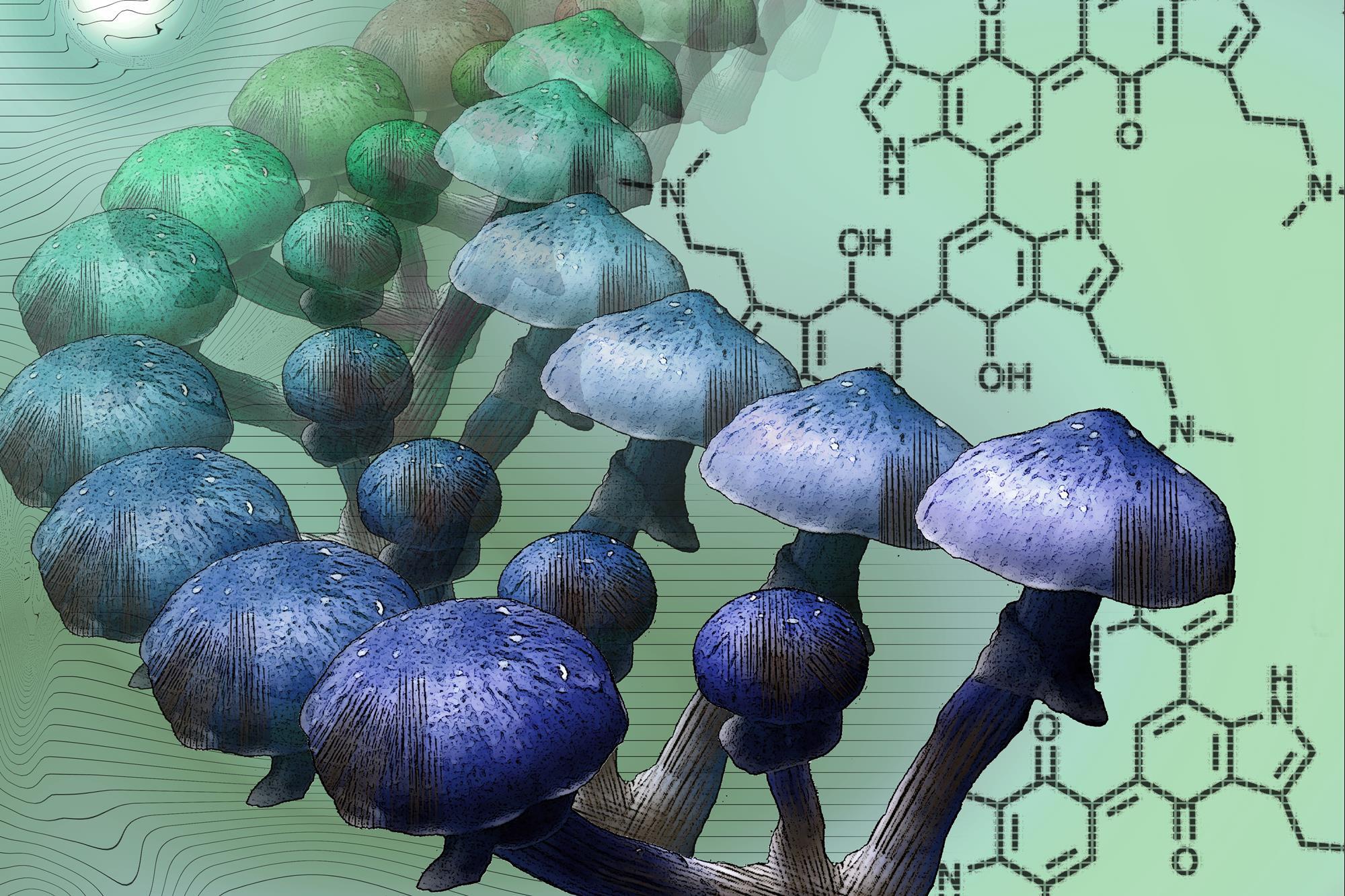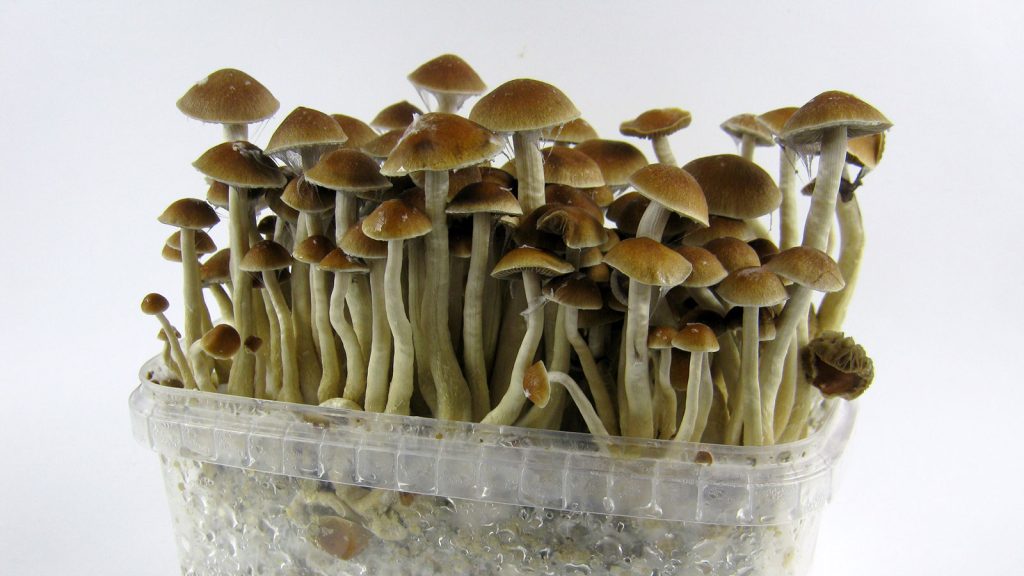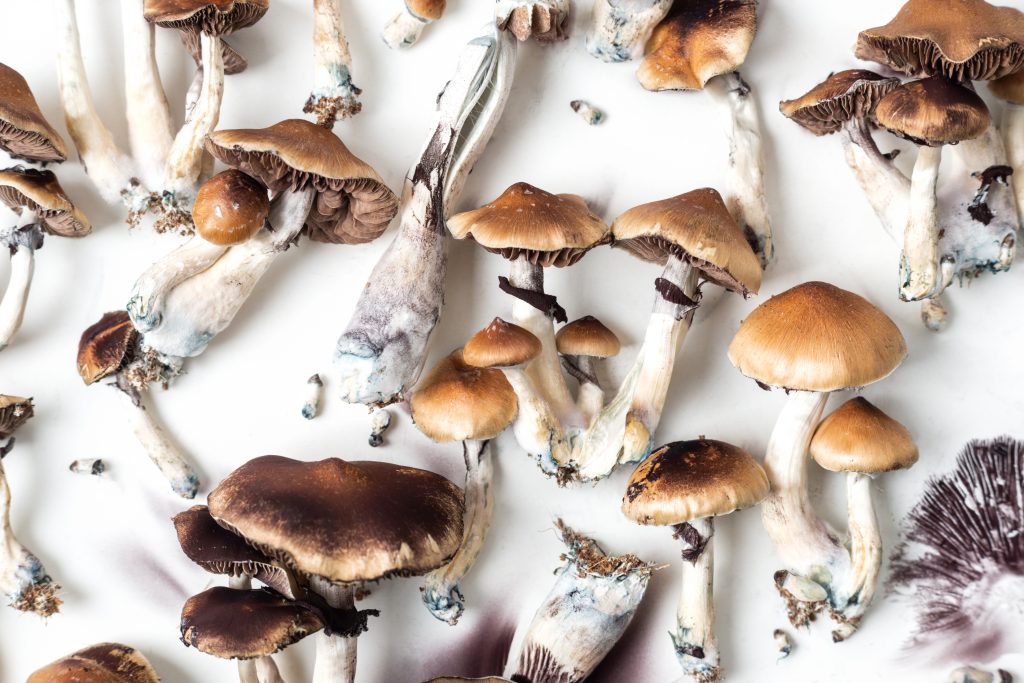
Magic Mushrooms LSD and Other Hallucinogens
Before experimenting with hallucinogenic mushrooms, it’s important to learn a bit about the dangers of these substances. Read on to learn about their side effects, legality, and common names. This article also discusses the different effects of hallucinogens, including the dangers of addiction and how to treat it. Hopefully, this article will help you decide whether this is an activity you would like to try.
Side effects of hallucinogens
When used correctly, hallucinogens like magic mushrooms or peyote can result in a positive or negative experience. Beside what do shrooms taste like, the common side effects include disorganized thinking, paranoia, mood swings, and persistent psychosis. Users may also experience hallucinogen persisting perception disorder, or HPPD. The bad effects of hallucinogens can range from mild to severe, but usually can be managed through psychotherapy or pharmacological interventions.
Although the side effects of magic mushrooms and other hallucinogenic drugs are generally minimal, some people become accustomed to the altered state of mind that is associated with these substances, which can lead to memory loss. Other side effects of Psilocybin Mushrooms include memory loss and irritability. Some people may also suffer from flashbacks that occur during their experience of the hallucinogenic drug.

The active chemical in hallucinogenic mushrooms is psilocybin, a substance found in 190 edible species found in tropical and subtropical regions. These mushrooms also contain trace amounts of another hallucinogenic substance called psilocin. While these mushrooms can cause psychedelic experiences, they are rare and generally harmless. In most cases, the effects of hallucinogenic mushrooms are neurologic. Symptoms of hallucination include agitation, hypotension, and fever.
Treatment options for addiction to hallucinogens
There are several treatment options for addiction to Magic mushrooms LSD and related hallucinogens. Among them, an outpatient program is usually successful if the patient meets all the required counseling appointments. An inpatient program, on the other hand, involves a longer stay in a rehabilitation facility for the duration of the treatment program. It is also the most intensive form of treatment and is usually not suitable for individuals who use hallucinogens regularly.
While hallucinogens can cause serious health problems, they are generally considered less addictive than other illicit drugs. Although they do not typically produce severe physiological addiction symptoms, they can still cause psychological dependence. Users of hallucinogens may feel a heightened sense of awareness and have ‘flashbacks’ of past experiences that cause them to relive them, even if they stopped taking them altogether. Addiction to hallucinogens can also lead to psychosis, a condition whereby the user experiences distorted perceptions of reality without the drug.

Legality of hallucinogens
The benefits of using hallucinogens are numerous, but not everyone is convinced about the benefits. Many researchers believe that psychedelics may help cancer patients deal with the fear of death or help smokers quit. However, many people don’t consider these substances to be medically beneficial, and there are no national regulatory models for them. In addition, there are a number of potential risks of using these substances, and legalizing them in a recreational environment is still a risky proposition.
The legality of magic mushrooms and other hallucinogenic mushrooms is unclear. Some European countries ban the possession and cultivation of psilocybin-containing mushrooms, while others ban their sale, cultivation, and possession for abuse. In some countries, the intent of the consumer can be reflected by the condition of the mushrooms. Some countries interpret the phrase ‘prepared’ or ‘treated’ broadly, while others use a catch-all phrase.
Common names of hallucinogenic mushrooms
The common names of hallucinogenic mushrooms vary. Some species are more well-known than others, including psilocybin, gymnopilus, panaeolus, and copelandia. In addition to their common names, these mushrooms are classified by biological genera, with the most common being psilocybin. They grow in humid subtropical and tropic environments, where the soil is rich in plant debris and humus.
Psilocybin, the psychoactive principle in hallucinogenic mushrooms, is the active ingredient. After ingestion, psilocybin transforms into psilocin, a substance similar to the neurotransmitters serotonin and 5-hydroxytryptamine. Various forms of hallucinogenic mushrooms, including psilocybin mushrooms, can be synthesized. Fresh mushrooms are the best way to experience the effects of psilocybin. They have long, slender stems with dark underside gills and brown caps.
The Psilocybe azurescens mushroom is the most powerful Psilocybin variety. It has large leather-like caps that are attached to curved stems. These mushrooms have 15-27 narrow gills and a blue halo. They are common in northern Oregon and some parts of North America. If you want to try a magic mushroom, you will need to be careful and know what to look for.
